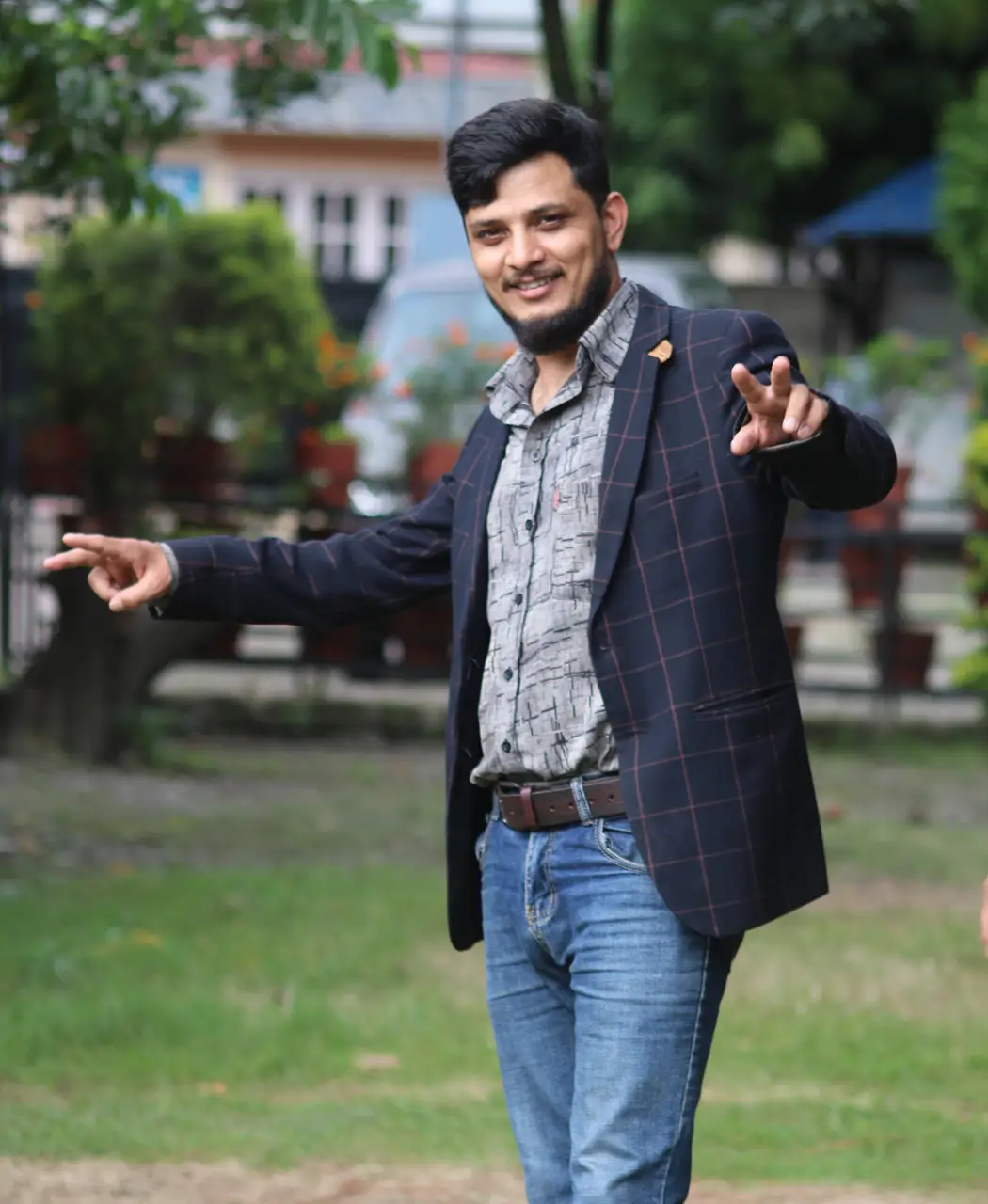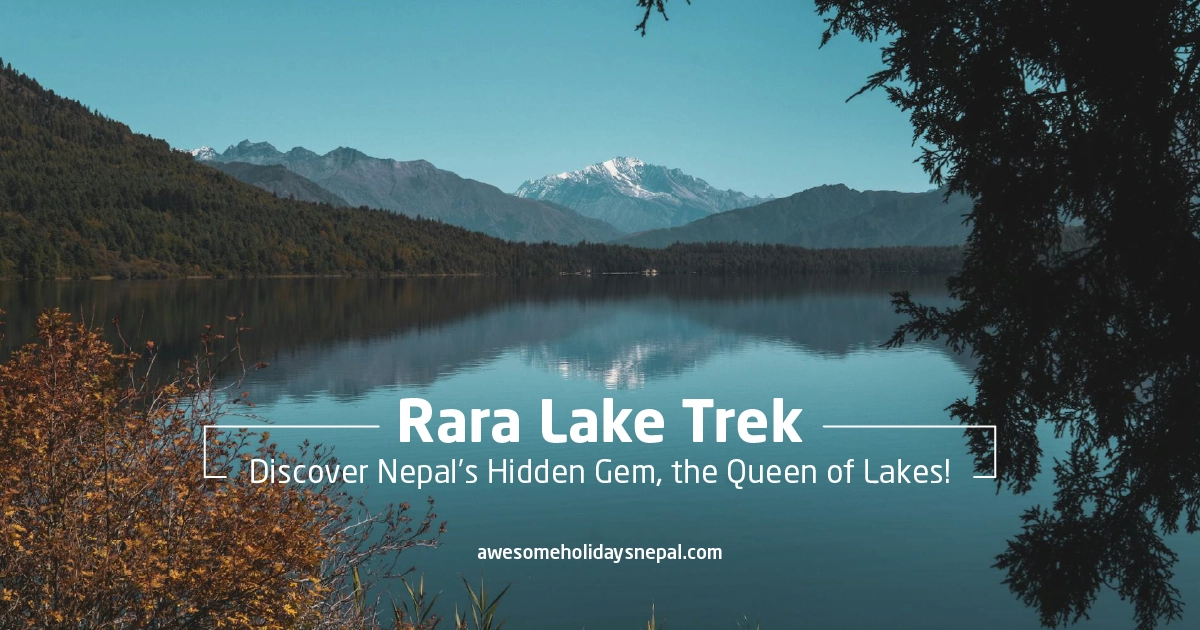Understanding Hindu and Buddhist Temples in Nepal: A Journey Through Sacred Places
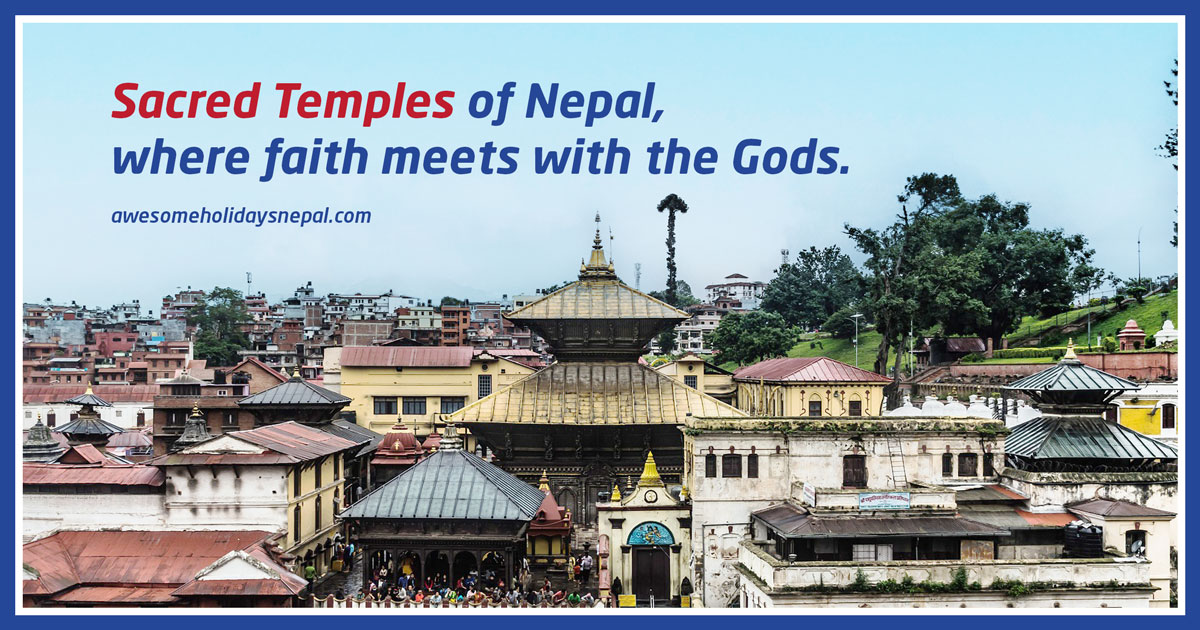
Religion is something you shouldn’t miss when talking about Nepal, the land of sacred deities and rich religious heritages. Nestled in the lap of the Himalayas, it is a land where religion permeates everyday life.
The echoes of mantras mingle with the scent of incense, and temples in Nepal stand as vibrant markers of cultural and spiritual expression. Hinduism and Buddhism, two of the world’s oldest religions in Nepal, have deeply influenced temple architecture, rituals, and spiritual practices in South Asia and beyond. Among the most defining features of Nepal’s spiritual landscape are the Hindu and Buddhist temples, coexisting in harmony, reflecting centuries of intertwined faith and heritage.
This blog delves into their distinct features, shared philosophies, iconic structures, and the fascinating mystery of erotic carvings that adorn many temples in the Kathmandu Valley.
Hindu Temples in Nepal: Abode of the Gods
In Hindu belief, temples serve as earthly homes for the gods. They are designed with a cosmic plan, meant to aid spiritual ascent and connection with the divine.
The central courtyard of a Hindu temple is called the Garbhagriha (Sanctum Sanctorum). It is a sacred chamber that houses the primary deity. Generally, the Hindu temples in Nepal have two architectural designs: the multi-roofed Nepali Pagoda style and the Shikhar style.

The Shikhar temple symbolizes Mount Meru, the mythological center of the universe according to Hindus. Devotees gather in the Mandapa (hall) before making a Pradakshina (circumambulation) around the sanctum, walking clockwise to symbolize the spiritual cycle of rebirth and release. Both of the pagoda and Shikhar styles feature ornate wooden struts and tiered roofs.
The major Hindu temples in Nepal include the Pashupatinath Temple of Kathmandu, Dakshinkali Temple of Pharping, Changu Narayan, Golden Temple in Patan, Nyatapola Temple in Bhaktapur, and Dantakali of Dharan.
Praying and worshipping of gods in the temple involve some rituals like offerings of flowers, fruit, incense, and crops. In certain temples where female deities are worshipped, like Dakshinkali and Taleju, animals are sacrificed. It is mandatory to walk in a clockwise rotation (pradakshina) around the temple and iconography of the god in a Hindu as well as Buddhist temple.
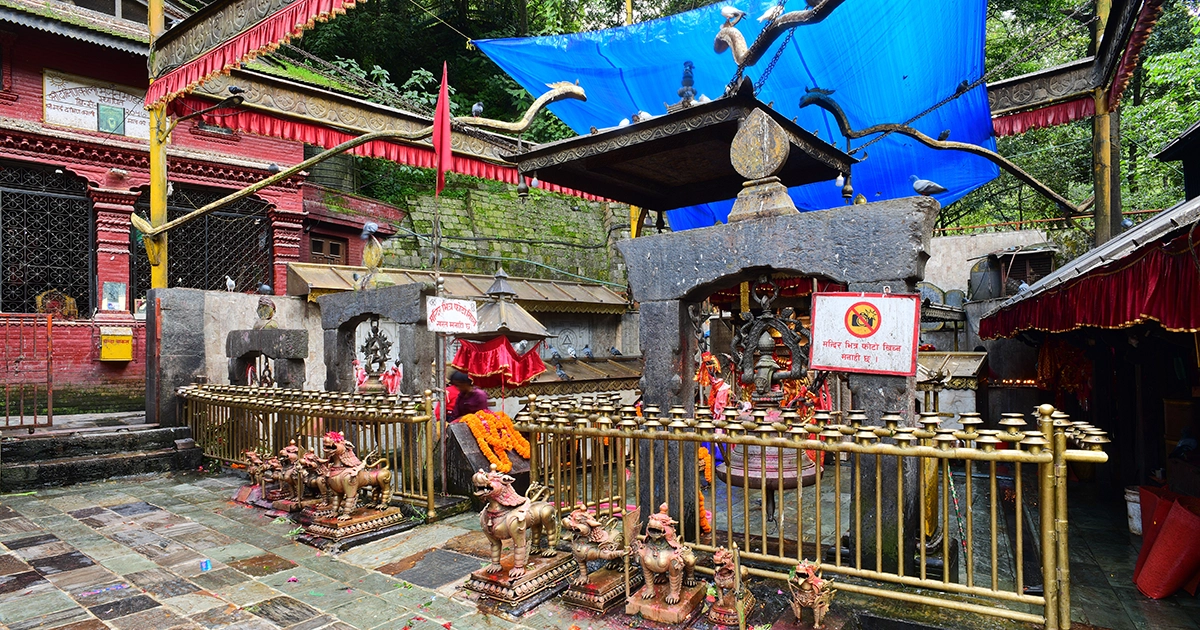
Though a temple is dedicated to a major deity, the periphery of the temple are adorned with symbolic carvings and idols of deities like Shiva, Vishnu, Durga, Lakshmi, and Ganesh and other manifestations of Shiva and Parvati. Temples in Kathmandu Valley and other Newar communities have small stupas and Chortens as well as a cremation place near the river. It is an important sacrament to burn the dead bodies of people for “mokshya”.
Buddhist Temples in Nepal: Monuments to Enlightenment
The Buddhist Stupa is a dome-shaped monument that often contains sacred relics inside. Buddhist temples, or Stupas and Viharas, are primarily centers for meditation and learning. Unlike Hindu temples, they do not enshrine gods but focus on the teachings of the Buddha. Structures like Chaitya halls house stupas and serve as spaces for communal prayers.
The Monasteries accommodate and offer schooling and meditation quarters for monks and nuns. The stupa, Prayer Flags, and praying Wheels are common relics and symbols that adorn the periphery in Buddhist stupas and monasteries that symbolizes and spread blessings and positive energy. The Bodhi Tree, under which the Buddha attained enlightenment, is another recurring symbolic element in monasteries and Buddhist temples in Nepal.
Nepal is home to some of the most iconic stupas, including Swayambhunath (Monkey Temple), Boudhanath Stupa, and other major monasteries. Lumbini, the birthplace of Gautam Buddha, is one of the four vital places related to the life of Gautam Buddha. Every Buddhist must visit Lumbini and three other places (Bodhgaya, Sarnath, Kushinagar) of the great Lumbini Trail. here is a complete guide to the birthplace of Gautam Buddha.
The Architecture of a Buddhist stupa and Chaitya symbolizes the path to Nirvana. The stupa’s components correspond to cosmic elements: the base (earth), dome (water), spire (fire), parasol (air), and pinnacle (space).
Shared Spiritual Threads between Hindu and Buddhist Temples in Nepal
Despite doctrinal differences, Hinduism and Buddhism in Nepal share many philosophies. Both of the religions share common belief in karma, rebirth, and liberation (moksha/nirvana). The use of mantras, meditation (dhyana), and rituals are common practice in both of the religions. They also have reverence for similar deities like Indra, Saraswati, Mahakala, and Brahma. The temples, as well as Stupas, are community hubs for festivals, prayer, and learning.
Hinduism and Buddhism are widely practiced throughout Nepal. It is normal for Hindu and Buddhist sites to stand next to each other. Buddhists worship the same idol in the name of Manjushree, and Hindus worship it as Saraswati. The Golden Temple in Patan is a Nepali pagoda-style temple that is worshipped by the Newar Buddhists of Patan.
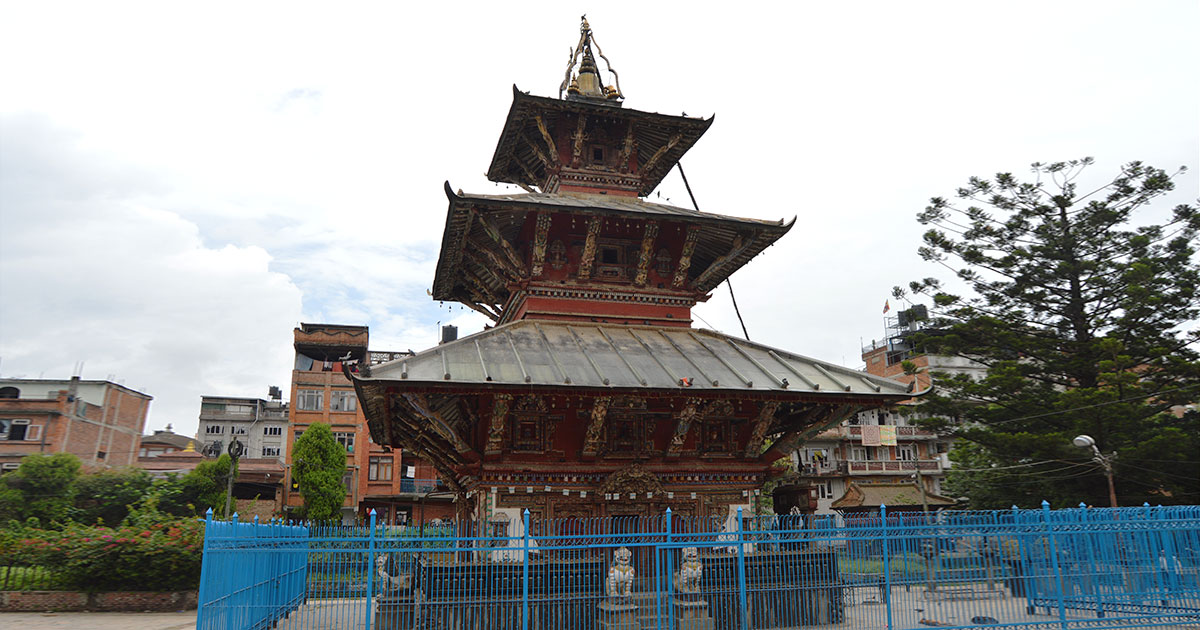
Nepal offers a rare example of religious coexistence, where devotees may visit a Hindu temple and then spin the prayer wheels of a nearby stupa.
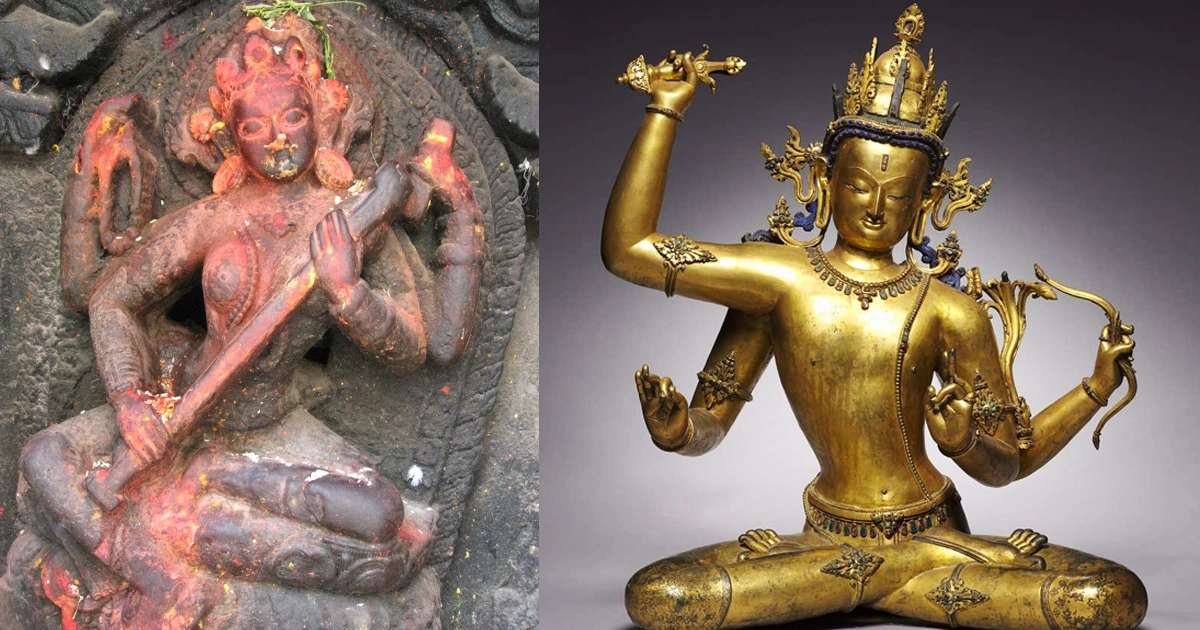
Muktinath: A Shared Sanctuary
Located at the base of the Thorong La Pass in Mustang, Muktinath is revered by both Hindus and Buddhists. For Hindus, it is the 105th Divya Desam of Vishnu and for Buddhists, it is a place of Padmasambhava meditation.
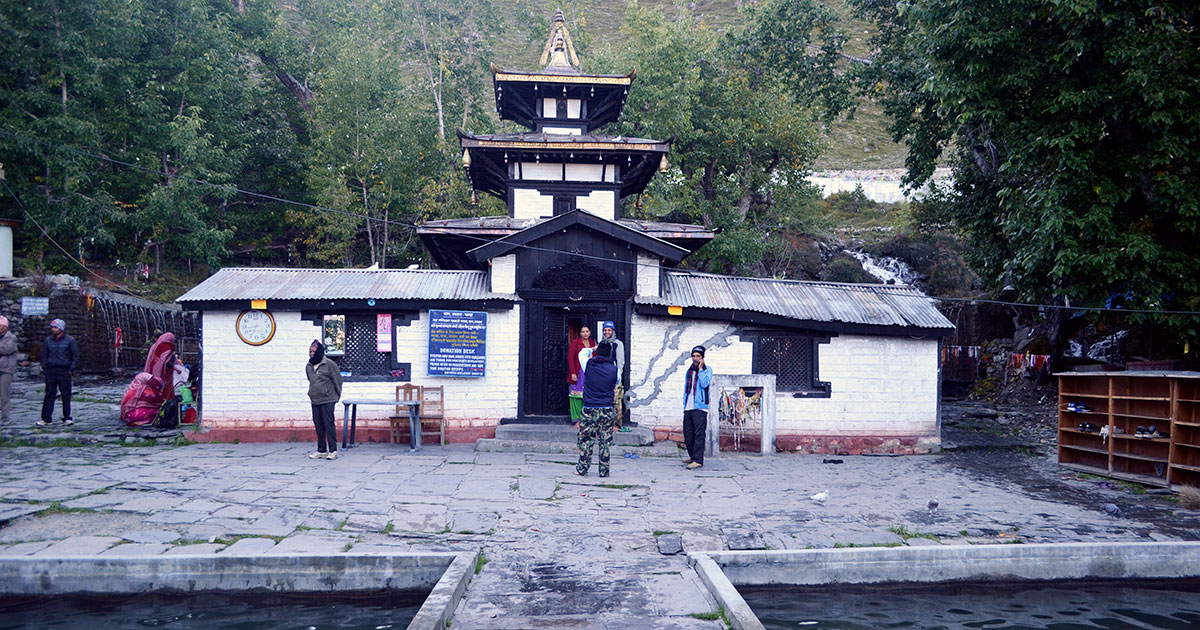
The Sacred Language of Mudras and Asanas
Deities in both traditions communicate through mudras (hand gestures) and asanas (postures), embodying philosophical meanings.
Common postures include:
- Vajrasana (meditative pose)
- Rajalilasana (royal ease)
- Tribhanga (graceful triple bend)
Significant mudras include:
- Bhumisparsa mudra (calling Earth to witness enlightenment)
- Abhaya mudra (protection)
- Dhyani mudra (meditation)
These silent symbols convey deep metaphysical ideas and spiritual messages.
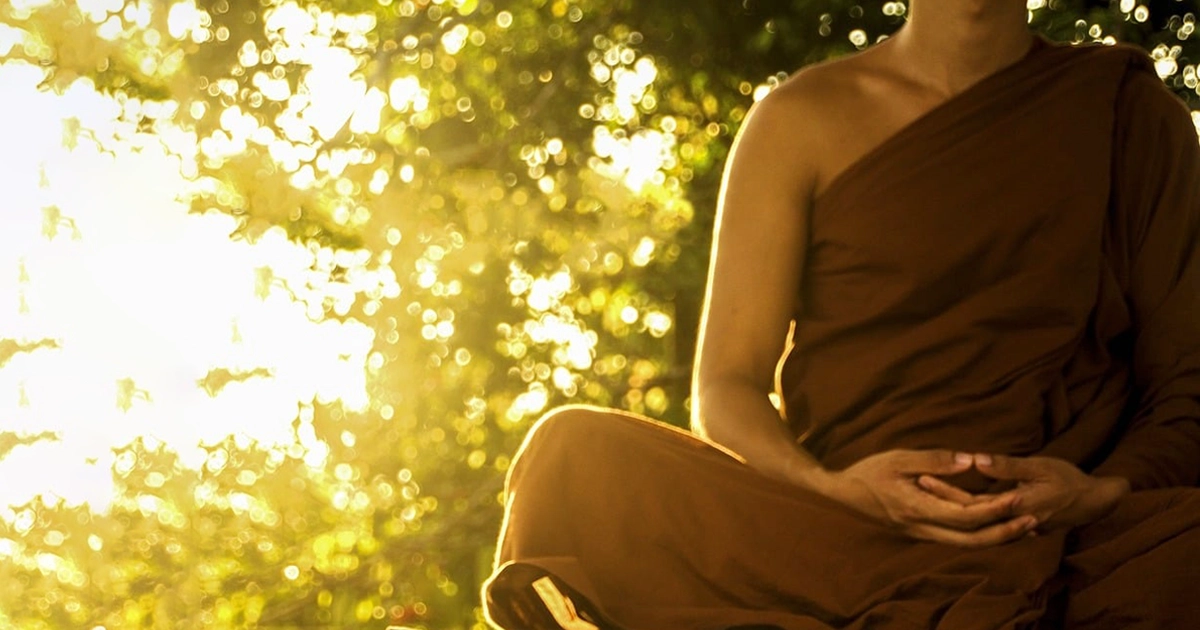
Erotic Carvings: Sacred or Sensual?
One of the most fascinating and controversial aspects of Nepalese temples is the presence of erotic carvings, especially in temples built during the Malla period. Found prominently on struts in temples of Kathmandu, Patan, and Bhaktapur, these carvings depict vivid scenes of sexuality.
Why were these images carved into sacred structures?
There are several myths and stories behind the erotic carvings. These arts have a Tantric influence that emphasizes the sexual union as a path to spiritual liberation. These arts also provide an education on reproduction process. This informs the society about natural human instincts and also reflects a more open society of the medieval era.
Temples like Jagannath (Kathmandu), Charnarayan (Patan), and Pashupatinath (Bhaktapur) feature such art. Despite societal taboos today, these carvings hint at a past where eroticism and spirituality were not mutually exclusive.
A Perfect Amalgam of Religious Practices
Hindu and Buddhist temples in Nepal are more than architectural wonders; they are living spaces of worship, culture, and identity. They speak in symbols, gestures, postures, and stone carvings.
Whether you’re circumambulating a stupa or offering flowers at a pagoda-style temple, you’re engaging with traditions that have endured for centuries. They are places where gods dwell, where silence speaks, and where every carving holds a secret waiting to be unraveled.
Nepal invites us not just to visit these sacred spaces but to understand them—to walk slowly, observe mindfully, and absorb deeply. After all, the past and the eternal reside in their walls and domes.
Enlighten yourself with a little bit of knowledge of different religious practices!
FAQs
Expand AllWhat is the significance of temples in Nepalese culture?
Temples are sacred spaces central to Nepal’s spiritual, cultural, and social life, reflecting centuries of religious devotion.
How do Hindu and Buddhist temples differ in Nepal?
Hindu temples typically have pagoda and Shikhar-style architecture and house deities, while Buddhist temples (stupas and monasteries) focus on meditation and enlightenment.
Are there temples that are shared by both Hindus and Buddhists?
Yes, temples like Swayambhunath and Muktinath are revered by both religions, showcasing Nepal’s unique religious harmony.
What are some must-visit Hindu temples in Nepal?
Pashupatinath, Dakshinkali, Guhyeshwari, Muktinath and Janaki Temple are among the most important Hindu temples in Nepal.
Which are the most popular Buddhist temples or monasteries in Nepal?
Lumbini, Boudhanath Stupa, Swayambhunath Stupa, Kopan Monastery, Tengboche and Namobuddha are major Buddhist sites to visit in Nepal.
What is the architectural style of temples in Nepal?
Nepalese temples often feature pagoda, shikhara, or stupa architecture, with intricate wood and metal carvings.
Can foreigners enter Hindu and Buddhist temples in Nepal?
Yes, foreigners are welcome in most Hindu and Buddhist temples, though some, like the main shrine of Pashupatinath, are restricted to Hindus only.
Do I need to follow any dress code when visiting temples in Nepal?
Yes, modest clothing is recommended. Avoid shorts and sleeveless tops, and remove shoes before entering the temple premises.
Where was Buddha born?
Buddha was born in Lumbini of Kapilbastu district in Nepal. He is the founder of Buddhism in Nepal.
What percentage of Nepalis follow Hinduism and Buddhism?
Approximately 81% of the population follows Hinduism, while about 8.2% follows Buddhism, reflecting Nepal’s deep historical and cultural ties with both.
Can foreigners participate in religious festivals in Nepal?
Yes, tourists are often welcome to observe or even join in festivals like Holi, Biska Jatra, Dashain, Tihar, Lhosar, and many more, offering a great cultural experience.
Related blog posts
Discover a choice of tourist destinations loved by most of our visitors. Whether you're on a jungle safari to spot rare animals or walking through a world heritage site, these well-planned itineraries cover the major highlights of Nepal.

